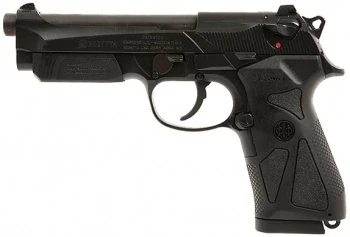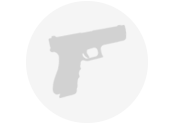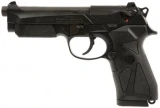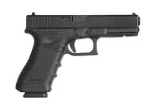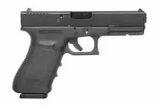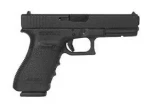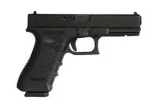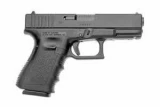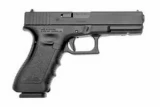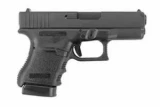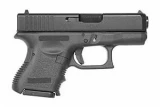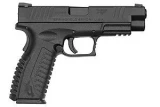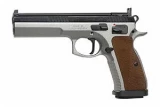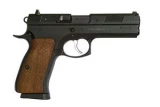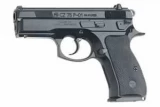Beretta 90-TWO vs Walther P38
Put handguns head to head to compare caliber and more.
|
$409.85
|
vs |
$1053.04
|
| Handguns | Beretta 90-TWO | Walther P38 |
|---|---|---|
| Summary | ||
| Rating | ||
| Rank | ||
| Action | Double Action | |
| Caliber | 9x19mm Parabellum | |
| Capacity | 17+1 | |
| Sights | Night Sights | |
| Barrel Length | 4.9" | |
| Finish | Black | |
| Gun Type | Pistol | Semi-Automatic Pistol |
| Details | ||
| Brand | Beretta | Walther |
| Reviews | See 20 Reviews | N/A |
| Prices | ||
| MSRP | $413.85 | $1,062.04 |
| Used Price | $289.70 | $743.43 |
| Sale Price | $372.47 | $955.84 |
Handguns Descriptions
Beretta 90-TWO
The newly designed frame of 90two pistol ensures trouble-free insertion and holster extraction, thanks to its rounded and truly snag-free surfaces. Inside the frame, near the disassembly lever, a metallic recoil buffer reduces the impact of the slide assembly against the frame during the shooting cycle. By redistributing the stresses, the recoil buffer increases the service life of the firearm. Trigger guard is also rounded to ensure, when firing with two hands, the correct positioning of the supporting hand.
Walther P38
The Walther P38 (originally written Walther P.38) is a 9 mm semi-automatic pistol that was developed by Carl Walther GmbH as the service pistol of the Wehrmacht at the beginning of World War II. It was intended to replace the costly Luger P08, the production of which was scheduled to end in 1942. The first designs submitted to the German Army featured a locked breech and a hidden hammer, but the Heer (German Army) requested that it be redesigned with an external hammer. The P38 concept was accepted by the German military in 1938 but production of prototype ("Test") pistols did not begin until late 1939. Walther began manufacture at their plant in Zella-Mehlis and produced three series of "Test" pistols, designated by a "0" prefix to the serial number. The third series pistols satisfactorily solved the previous problems for the Heer and mass production began in mid-1940, using Walther's military production identification code "480".

